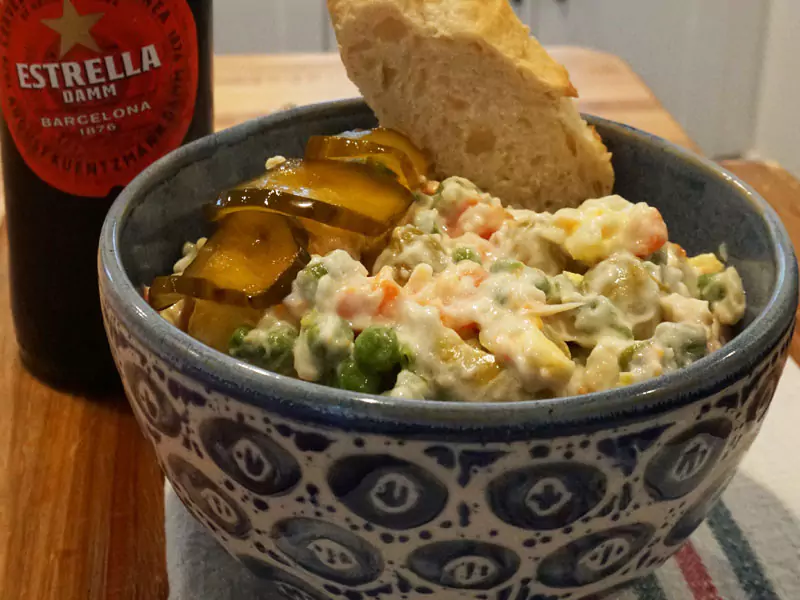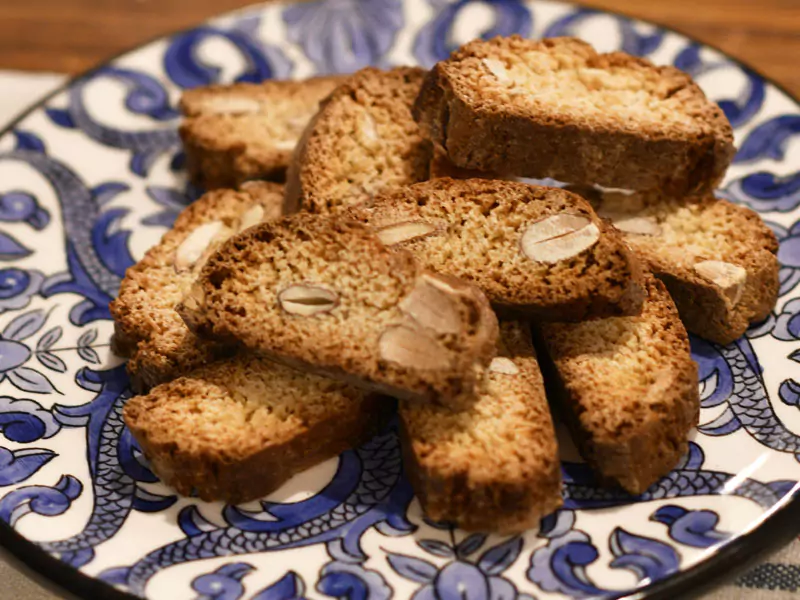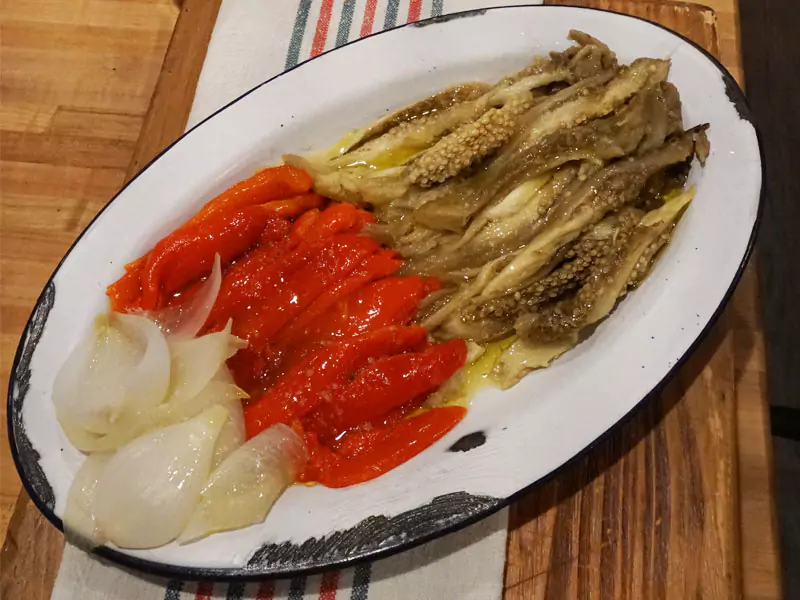Ensaladilla Olivier .
Although it is widely believed that this salad originated in Spain, it’d be unfair to obscure its true origins.
As with many dishes from abroad that are now considered staples of Catalan cuisine, this particular cold salad is one of the most famous Russian imports known to Western European gastronomy.
It was the French Chef Lucien Olivier who first brought the ingredients together in Moscow (1860). The original version was prepared with expensive, seasonal ingredients like lobster, pheasant, quail, caviar, capers, broth gelatin, crab tails, and beef tongue. When those ingredients were scarce, they were replaced with more accessible ones-those that were available to the broader population throughout the year.
As the salad traveled westward, it was adapted to the particular tastes of each country.
However, a few things remained constant: it was always served cold and contained small, chopped vegetables (raw and boiled), with mayonnaise used as a binder.
TRADITIONS
Although Russian salad could certainly be the main course, in Spain, and particularly in Catalonia, it grew popular as an appetizer, as such, it’s customary to eat the salad in small portions, that is, as a tapa. If served as a main, Russian salad is often garnished with roasted red pepper, hard-boiled egg, olives, or anchovies.



